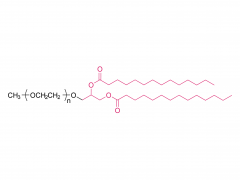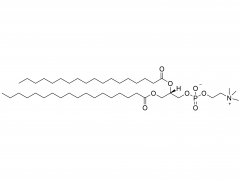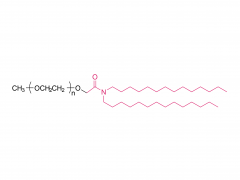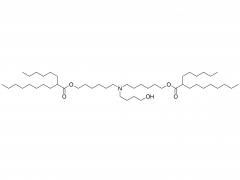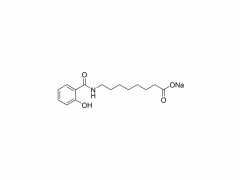Ultrasound-Switchable Nanozyme Augments Sonodynamic Therapy against Multidrug-Resistant Bacterial Infection
Duo Sun, Xin Pang, Yi Cheng, Jiang Ming, Sijin Xiang, Chang Zhang, Peng Lv, Chengchao Chu, Xiaolan Chen, Gang Liu, Nanfeng Zheng
Abstract
Ultrasound (US)-driven sonodynamic therapy (SDT) has demonstrated wide application prospects in the eradication of deep-seated bacterial infections due to its noninvasiveness, site-confined irradiation, and high-tissue-penetrating capability. However, the ineffective accumulation of sonosensitizers at the infection site, the hypoxic microenvironment, as well as rapid depletion of oxygen during SDT greatly hamper the therapeutic efficacy of SDT. Herein, an US-switchable nanozyme system was proposed for the controllable generation of catalytic oxygen and sonosensitizer-mediated reactive oxygen species during ultrasound activation, thereby alleviating the hypoxia-associated barrier and augmenting SDT efficacy. This nanoplatform (Pd@Pt-T790) was easily prepared by bridging enzyme-catalytic Pd@Pt nanoplates with the organic sonosensitizer meso-tetra(4-carboxyphenyl)porphine (T790). It was really interesting to find that the modification of T790 onto Pd@Pt could significantly block the catalase-like activity of Pd@Pt, whereas upon US irradiation, the nanozyme activity was effectively recovered to catalyze the decomposition of endogenous H2O2 into O2. Such "blocking and activating" enzyme activity was particularly important for decreasing the potential toxicity and side effects of nanozymes on normal tissues and has potential to realize active, controllable, and disease-loci-specific nanozyme catalytic behavior. Taking advantage of this US-switchable enzyme activity, outstanding accumulation in infection sites, as well as excellent biocompatibility, the Pd@Pt-T790-based SDT nanosystem was successfully applied to eradicate methicillin-resistant Staphylococcus aureus (MRSA)-induced myositis, and the sonodynamic therapeutic progression was noninvasively monitored by photoacoustic imaging and magnetic resonance imaging. The developed US-switchable nanoenzyme system provides a promising strategy for augmenting sonodynamic eradication of deep-seated bacterial infection actively, controllably, and precisely.
Keywords: bacterial infection; multidrug-resistant; nanozyme; sonodynamic therapy; ultrasound-switchable.
Related products
Abbreviation: H2N-PEG-SH
Name: α-Amino-ω-mercapto poly(ethylene glycol)
For more product information, please contact us at:
US Tel: 1-844-782-5734
US Tel: 1-844-QUAL-PEG
CHN Tel: 400-918-9898
Email: sales@sinopeg.com





